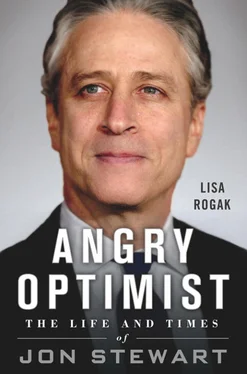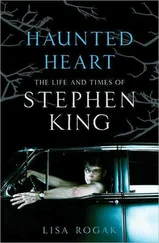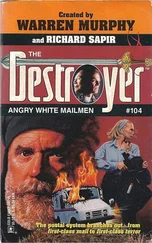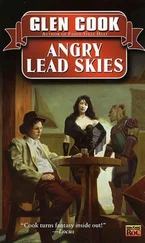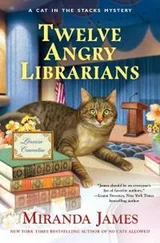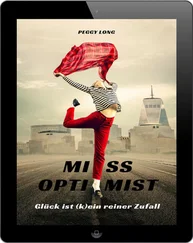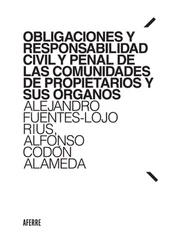“Carolines was different in that it was an actual job,” said comic Gilbert Gottfried.
Though Stewart had previously performed onstage at Carolines, Hirsch had other ideas for him. Like Wendy Wall, Hirsch said she saw something different about Stewart from the very beginning. “It’s not easy, it takes a while, because you get to see that person and you think that person has a little something, but that doesn’t mean they all develop,” she said. “They have to work hard at it and morph.” She put him to work, after she moved the club to a bigger space at the South Street Seaport in downtown Manhattan, doing a children’s show, where a handful of comedians who regularly performed uptown did a show for kids. “Stewart was a Captain Crusader type, a superhero with a cape.”
She also hired him for the new TV show. Stewart started as a writer for Caroline’s Comedy Hour, penning segues between stand-up segments as well as TV-friendly routines for some of the visiting comics. He also performed his own stand-up routines on a few occasions.
He also began to work on a show called The Sweet Life on a small cable channel known as HBO’s Comedy Channel, which would later morph into Comedy Central. The variety show starred singer Rachel Sweet, who hosted a wide range of guests—famous and otherwise—in between comedy scenes and sketches. When that show went off the air after two years, Comedy Channel executives put him to work in front of the camera on a sketch-comedy show called Short Attention Span Theater, where he served as cohost with actress and comedienne Patty Rosborough. The premise of the show was simple: in between showing snippets from stand-up comic routines and films currently airing on HBO and Cinemax—which along with Comedy Channel were both owned by the Home Box Office parent corporation—Rosborough and Stewart would offer up commentary and jokes on the clips. Essentially, the show existed as a promotional vehicle.
Stewart hosted the show for two years before MTV tapped him to serve at the helm of You Wrote It, You Watch It, a show where viewers would send in ideas for comedy sketches which would then be acted out by Stewart and a group of actors in an ensemble called The State.
You Wrote It, You Watch It went on the air in 1992 but it lasted only thirteen weeks before MTV pulled the plug. As Stewart later described the show, “It was an odd cross between a reality-based show and a sketch show,” he said. “[When I was] offered the job, my agent said, ‘Take it. It’s stupid but it’ll be good for your career.’ I didn’t understand then, but she was right.”
The sketches were pretty abysmal in their content, by Stewart’s own estimation, with topics ranging from passing gas to a woman who was laughing so hysterically that licorice inexplicably shot out of her nose.
“You should see the ones we didn’t use,” said Stewart. “We got scads and scads of letters about people vomiting on animals.”
After the show was mercifully put out of its misery, Stewart got the break he was dreaming of: he was booked to perform a stand-up routine on Late Night with David Letterman in March of 1993.
“When I walked onstage, I blanked,” he said. “The audience is dark, and there’s just a little red light. [I] realize[d], it’ll be really quiet here if I don’t talk.
“And afterward, my sit-down with Letterman was like an audience with the pope.”
“It’s a great stepping-stone in the career of any comedian,” said Caroline Hirsch. “You get on there and do six minutes of stand-up and sit and talk with Dave, and you get asked back on again. And the more you’re on TV, the more you’re known and you become a bigger star.”
With the applause still ringing in his ears, reality sunk in shortly after Stewart left the studio. “I had a great time and it felt really great, and afterward I went home to my illegal sublet,” he recalled. “It was a lesson that this whole life is a journey. There is no such thing as ‘made it.’”
He was so excited about his debut that he even reached out to his father, who he had not been in touch with since leaving New Jersey. However, Stewart’s earlier decision to change his name was cemented when he heard his father’s reaction to his TV appearance: “I always thought they picked more experienced people.”
* * *
Going on Letterman not only provided him with increased recognition from the public, but also among producers and industry people who started to think he deserved his own audience and could carry a show by himself. A few short months after his debut, Letterman announced that he’d be leaving NBC and taking his show to CBS, and so NBC started to look for a show and host to replace him. The candidates were eventually winnowed down to Stewart and Conan O’Brien, who had little experience in front of the camera and was known primarily as a writer on Saturday Night Live and The Simpsons .
To everyone’s surprise—including his own—O’Brien got the job despite having only about “forty seconds” of on-air experience, as he put it.
“It’s the worst feeling in the world to think you are going to get a vehicle and see it go to someone else,” said Chuck Nice. “That can really demoralize you.”
But Jon didn’t have long to mourn the missed opportunity. As it turned out, MTV hadn’t forgotten about him. Plus his close brush with almost getting the NBC gig had instantly elevated him in the eyes of television producers. MTV was beginning to branch out by making shows that offered more than just compilations of music videos. They were specifically looking for someone to host a talk show who had just the right balance of hipster cool and snark, who could appeal to people in their twenties who were already faithful viewers of MTV.
Despite the fact that he was thirty years old, Stewart fit the bill perfectly in all other ways, and The Jon Stewart Show debuted in the fall of 1993.
WHEN THE JON STEWART SHOW debuted on MTV on October 25, 1993, it was entering an already crowded field. Just as the market for stand-up comedy was growing when Stewart first entered the fray, when his half-hour show launched, it was part of a talk-show boom that was going on, with actors including Ricki Lake, Chevy Chase, Vicki Lawrence, and Arsenio Hall all offered their own shows.
“There are four other talk shows battling it out out there, and we think Jon is the best shot we can take in that environment,” said Doug Herzog, who served as president of MTV Productions at the time. “Plus, Jon has that MTV attitude. He has a hip, skewed way of looking at things and, even though he can act like a wise guy, he’s also very sweet.”
Both Stewart and MTV executives knew they were going after an audience that was different from the other mainstream network talk shows that were hitting the air at the time, and to clinch the deal, the network scheduled his show to come right after Beavis and Butt-Head, an animated series starring two teenage miscreants whose favorite activity was to sit on a couch while watching music videos and make typically teenage comments about them. From the time the first episode aired in the spring of 1993, the cartoon was a hit, garnering a large audience of teenagers and twentysomethings, the target audience for Stewart’s show.
“This show is a little bit more seat-of-the-pants than what people are used to seeing on network television,” said Stewart. “Anything unpredictable is usually miraculous and much better than what you could have planned.”
“Imagine if you sit there and you’ve seen three morons in one hour: Beavis, Butt-head and me.”
Читать дальше
